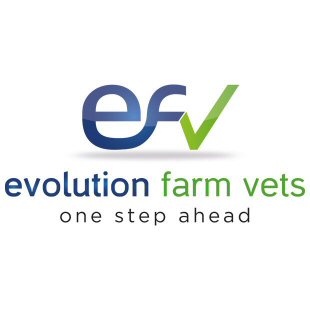by Alice Swetnam
Ovarian cysts are large (>2.5cm), fluid filled structures that persist on the ovary for 10 days or more and cause abnormal reproductive behaviour due to secretion of either oestradiol (thin walled, follicular cysts) or progesterone (thick walled, luteal cysts). They arise when a mature follicle doesn’t ovulate or regress and the granulosa tissue degenerates. Cysts usually occur a few weeks postpartum with the first ovulation after calving. They are most common in older dairy cows, with low incidence in beef cows and heifers.
Causes
Ovarian cysts are caused by a failure of the normal LH surge that causes ovulation. This failure is thought to be caused by reduced sensitivity of receptors in the hypothalamus that are involved with the positive feedback loop that controls ovulation. Common risk factors include stress, metritis and negative energy balance, particularly around the time of the first postpartum ovulation, as well as some degree of inherited risk in certain bloodlines.
Clinical signs
- Anoestrus OR
- Erratic oestrus OR
- Nymphomaniacal behaviour - exaggerated oestrus behaviours
Some cows with follicular (thin walled) cysts also show changes in milk production, milk progesterone and muscle tone as well as developing a spongy-textured uterine wall, while those with luteal (thick walled) cysts have a flaccid uterus that would be normal for the luteal phase of the oestrus cycle.
Diagnosis can be confirmed via rectal ultrasound of the ovaries whereby the cyst wall thickness can be assessed.
Treatment
While manual rupture of follicular cysts is possible, it is not recommended due to the potential danger of haemorrhage and local adhesions. Instead, cows should be treated with GnRH to encourage luteinisation, followed by a luteolytic dose PGF2α after 7 days and sometimes a PRID or CIDR to synchronise the next oestrus.
Luteal cysts usually require treatment with only PGF2α after which a normal oestrus should be expected within 3-5 days.
